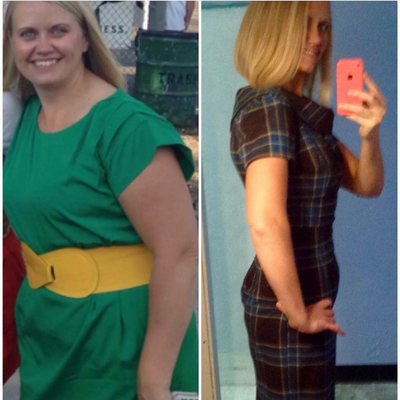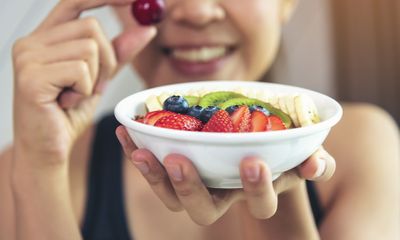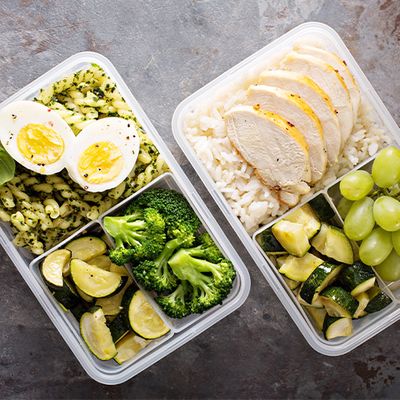Nutrition Services
Overcome hurdles with our expert guidance in tailored nutrition plans and effective strength training. Invest in a transformative lifestyle change, and let us craft a personalized path to success. Discover our nutrition programs and in person nutrition services.


INVALUABLE INSIGHT FOR MOTIVATING A HEALTHIER LIFE
Are you struggling with your diet and want to lose weight? It's important to remember that a poor diet can hinder your weight loss goals, no matter how much you exercise. If you're ready for a lifestyle change, I have some valuable information to share with you. Your internal motivation is key to improving your diet and physique, so ask yourself how making dietary changes will benefit you as a person. Will it make you a better role model? Help you live longer? Increase your self-respect and confidence? Understanding your personal reasons for change is crucial.
Our Nutritional Programs- What To Expect

Optimize Your Health
My meal plans go beyond just shedding pounds. It's about nourishing your body with wholesome, nutrient-rich ingredients that support overall well-being. Each meal is packed with vitamins, minerals, and antioxidants to boost your immune system, enhance your digestion, and promote radiant skin. Embrace a healthier lifestyle and unlock the best version of yourself!

Science-Based Nutrition
Every body is unique. That's why this meal plan is backed by scientific research, ensuring it meets the highest standards of quality and effectiveness. Expect a carefully calculated balance of macronutrients and portion sizes, tailored to your individual needs. With my program, you can trust that you're fueling your body with the right nutrients for optimal results.

Convenience & Simplicity
Life can get busy, and healthy eating shouldn't be a hassle. The Sharp Savage 7-Day Meal Plan is designed to fit seamlessly into your lifestyle. With easy-to-follow recipes and pre-measured ingredients, cooking nutritious meals has never been easier. Save time, reduce stress, and stay on track towards your weight loss goals.
How To Get Started!
1. Set up a consultation with Justin to discuss your nutritional needs
2. Get on a personalized nutrition program or purchase our online nutrition programs according to your caloric goal.
3. Start seeing results!
